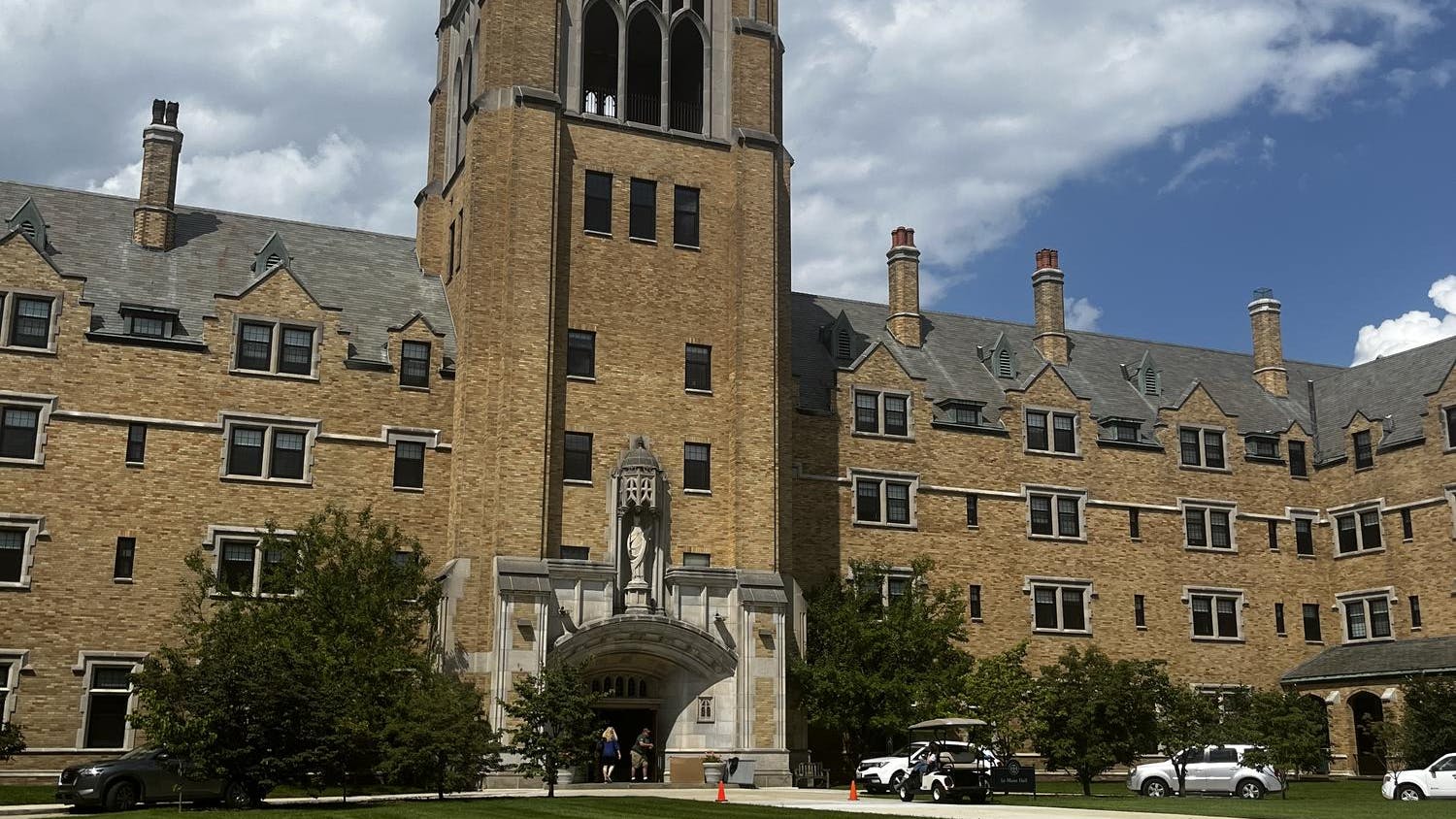The United States Department of Agriculture awarded a $500,000 grant to a Notre Dame research team headed by Scott Egan, research associate professor in biological sciences, to create new technology to track genetically engineered organisms.

Egan said the grant will fund two different methods of detecting genetically engineered organisms, one of which is called environmental DNA, or e-DNA.
Egan said e-DNA refers to tissue and cells that organisms naturally lose or shed into the environment, which can be used to detect the presence of certain species. He said an example of this is genetically modified salmon produced by a private company to breed year-round rather than only during the spring or summer.
"When you take water samples, you can filter those tissues and cells and do a DNA extraction, and then use standard genetic tools to detect species present in given environment," Egan said. "Instead, we're going to focus on genetically modified organisms rather than invasive species."
The second technology funded by the grant centers around environmental proteins, Egan said.
"We have a collaborator in our grant, professor Jennifer Tank in the [Notre Dame] biology department, as well as co-collaborator Emma Rosi-Marshall at the Cary Institute in New York, and they have used other technology to find that some genetically engineered corn releases different proteins into the environment that we could also detect," Egan said.
Egan said they will also collaborate with physicists to develop a device that performs "light-transmission spectroscopy" (LTS) on the proteins to learn more about their nature. Carol Tanner, Notre Dame physics professor and developer of the LTS device, said in a press release the information provided by the LTS technology could provide much more thorough information about the proteins.

"The LTS technology exhibits the potential to be a field-ready device that can generate rapid and highly accurate detection results, even when a target is at low densities," Tanner said in the release.
In light of the recent government shutdown, Egan said luckily, their project still would remain funded.
"We were very lucky in that our grant was funded this summer and the paperwork was just recently delivered and finalized with Notre Dame literally weeks before the shutdown," Egan said. "Two weeks later, we would have been affected. We would have had graduate students who didn't have any money."
Egan said though changes to their approach may have to be confirmed with government officials, his research and his collaborators' research will go on.
Contact Alex Cao at acao@nd.edu












